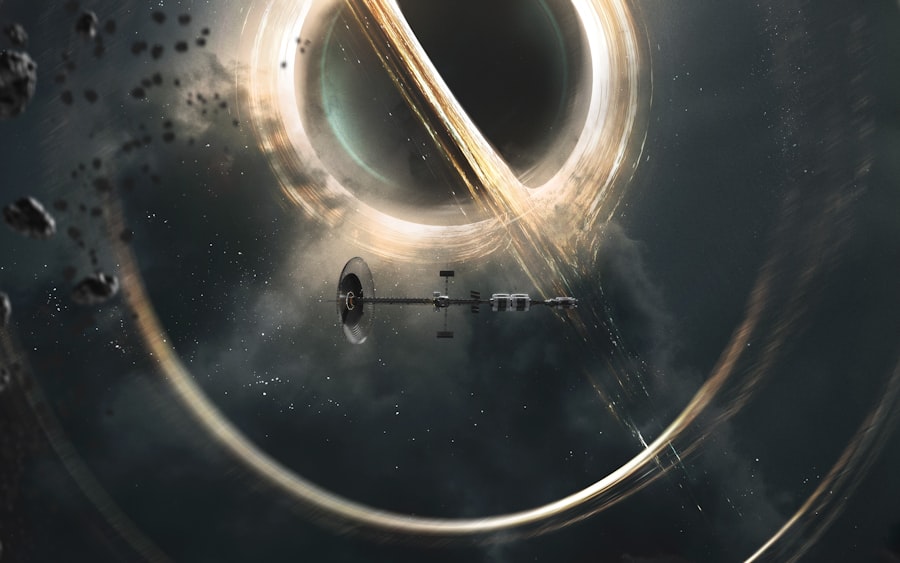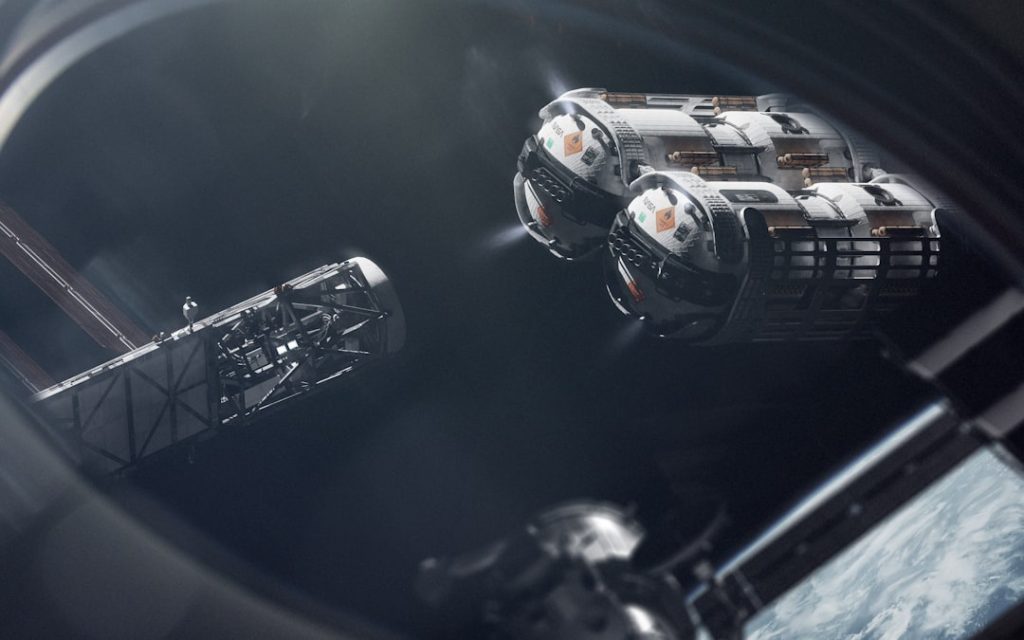The X-37B, an uncrewed spaceplane developed by Boeing for the United States Air Force, represents a significant leap in aerospace technology and military capabilities. This remarkable vehicle, often referred to as the Orbital Test Vehicle (OTV), is designed to operate in low Earth orbit and conduct a variety of missions that include testing new technologies, conducting experiments, and demonstrating reusable spacecraft capabilities. The X-37B is notable not only for its advanced engineering but also for its secretive nature, as many of its missions remain classified, leading to speculation about its true purpose and potential applications.
The spacecraft’s design is reminiscent of the Space Shuttle, yet it is significantly smaller and more streamlined. With a wingspan of approximately 15 feet and a length of about 29 feet, the X-37B is compact but highly efficient. Its ability to autonomously re-enter the Earth’s atmosphere and land on a runway makes it a versatile platform for various experimental and operational tasks.
The X-37B’s unique capabilities have positioned it as a critical asset in the evolving landscape of space exploration and military operations.
Key Takeaways
- The X-37B is an unmanned spacecraft operated by the United States Air Force and is designed for orbital spaceflight.
- The X-37B has a mysterious history, with its development dating back to the late 1990s and early 2000s, and its first mission launching in 2010.
- The purpose of the X-37B is classified, but it is believed to be used for testing new technologies, conducting experiments, and demonstrating reusable space capabilities.
- The X-37B is equipped with advanced technology, including a solar power system, advanced guidance and navigation systems, and a payload bay for carrying experiments.
- The X-37B has achieved several milestones, including breaking the record for the longest time spent in space by a reusable spacecraft and conducting various experiments in orbit.
The History and Development of the X-37B
The origins of the X-37B can be traced back to the early 1990s when NASA initiated the development of a reusable spaceplane concept known as the X-37. This program aimed to explore advanced technologies for future space missions. However, after several years of development, NASA’s focus shifted, and the project was eventually handed over to the Defense Advanced Research Projects Agency (DARPA) in 2004.
DARPA’s involvement marked a pivotal moment in the X-37’s evolution, as it began to take on a more military-oriented focus. In 2006, Boeing was awarded a contract to build the X-37B, which would serve as a testbed for various technologies and operational concepts. The first flight of the X-37B occurred in April 2010, marking a significant milestone in its development.
This inaugural mission demonstrated the spacecraft’s ability to operate autonomously in space and successfully return to Earth. Subsequent missions have built upon this foundation, with each flight providing valuable data and insights that have informed both military and civilian space endeavors.
The Purpose and Mission of the X-37B

The primary purpose of the X-37B is to serve as a platform for testing new technologies and conducting experiments in space. Its missions are designed to evaluate systems that could be used in future spacecraft, including advanced materials, propulsion systems, and autonomous operations. The X-37B’s ability to remain in orbit for extended periods allows researchers to gather data on how these technologies perform in the harsh environment of space.
One of the most intriguing aspects of the X-37B is its dual-use capability. While it is primarily operated by the U.S. Air Force, its technology has potential applications for both military and civilian purposes.
For instance, experiments conducted aboard the X-37B can lead to advancements in satellite technology, space debris mitigation strategies, and even Earth observation capabilities. The versatility of the X-37B makes it an invaluable asset for a wide range of scientific and operational objectives.
The Capabilities and Technology of the X-37B
| Aspect | Details |
|---|---|
| Length | 29 feet 3 inches (8.9 meters) |
| Wingspan | 14 feet 11 inches (4.5 meters) |
| Weight | 11,000 pounds (4,990 kilograms) |
| Power Source | Solar panels with lithium-ion batteries |
| Payload Bay Size | 7 feet long by 4 feet wide (2.1 meters by 1.2 meters) |
| Orbital Altitude | 200-800 kilometers |
| Orbital Duration | Up to 270 days |
The X-37B is equipped with a suite of advanced technologies that enhance its operational capabilities. One of its most notable features is its autonomous flight control system, which allows it to navigate and perform maneuvers without human intervention. This capability is crucial for conducting long-duration missions where real-time communication with ground control may be limited or impractical.
Additionally, the spacecraft is designed to carry payloads in its internal bay, which can accommodate various experiments and technologies. This flexibility enables researchers to test different systems in space without the need for dedicated missions. The X-37B also employs advanced thermal protection systems that allow it to withstand the extreme temperatures encountered during re-entry into Earth’s atmosphere.
These technologies not only enhance the spacecraft’s performance but also contribute to the broader understanding of materials science and engineering in aerospace applications.
The Achievements and Discoveries of the X-37B
Since its first flight, the X-37B has achieved numerous milestones that underscore its significance in space exploration. Each mission has contributed valuable data that has advanced our understanding of various technologies and their performance in space. For example, during its third mission, which lasted over 670 days, the X-37B tested several experimental payloads, including advanced solar cells and new materials designed for use in future spacecraft.
One particularly noteworthy achievement was the successful demonstration of a new type of propulsion system that could potentially reduce costs associated with launching payloads into orbit. This innovation has implications not only for military applications but also for commercial space ventures seeking to lower launch expenses. Furthermore, the X-37B has provided insights into how different materials behave in microgravity environments, paving the way for future advancements in aerospace engineering.
The Future of Space Exploration with the X-37B

Looking ahead, the X-37B is poised to play a crucial role in shaping the future of space exploration. As nations increasingly recognize the strategic importance of space, platforms like the X-37B will be essential for testing new technologies that can enhance national security and scientific research capabilities. The ongoing development of reusable spacecraft aligns with global trends toward sustainability and cost-effectiveness in space operations.
Moreover, as commercial entities continue to enter the space sector, there is potential for collaboration between military and civilian organizations utilizing platforms like the X-37This could lead to shared advancements in technology that benefit both sectors while fostering innovation in areas such as satellite deployment, Earth observation, and deep-space exploration.
The Impact of the X-37B on Space Exploration
The impact of the X-37B on space exploration extends beyond its immediate missions; it has also influenced broader discussions about military presence in space and international cooperation. As countries invest in their own space capabilities, the X-37B serves as a reminder of the strategic advantages that can be gained through advanced aerospace technology. Its ability to conduct long-duration missions with minimal human oversight raises questions about how nations will approach future conflicts and collaborations in space.
Furthermore, the secrecy surrounding many of the X-37B’s missions has sparked debates about transparency in military space operations. While some argue that such secrecy is necessary for national security, others advocate for greater openness to foster international cooperation and prevent misunderstandings among nations regarding military activities in space.
The Exciting Potential of the X-37B for Future Space Missions
The X-37B stands at the forefront of a new era in aerospace technology and military operations. Its unique capabilities and ongoing missions highlight its potential to revolutionize how we approach space exploration and technology development. As we look toward an increasingly complex future where both military and civilian interests converge in space, the lessons learned from the X-37B will undoubtedly inform our strategies for exploration, innovation, and international collaboration.
With each successful mission, the X-37B not only enhances our understanding of space but also paves the way for future advancements that could redefine our relationship with this final frontier. As we continue to explore new frontiers beyond our planet, the contributions of platforms like the X-37B will be instrumental in shaping our journey into an ever-expanding universe.


